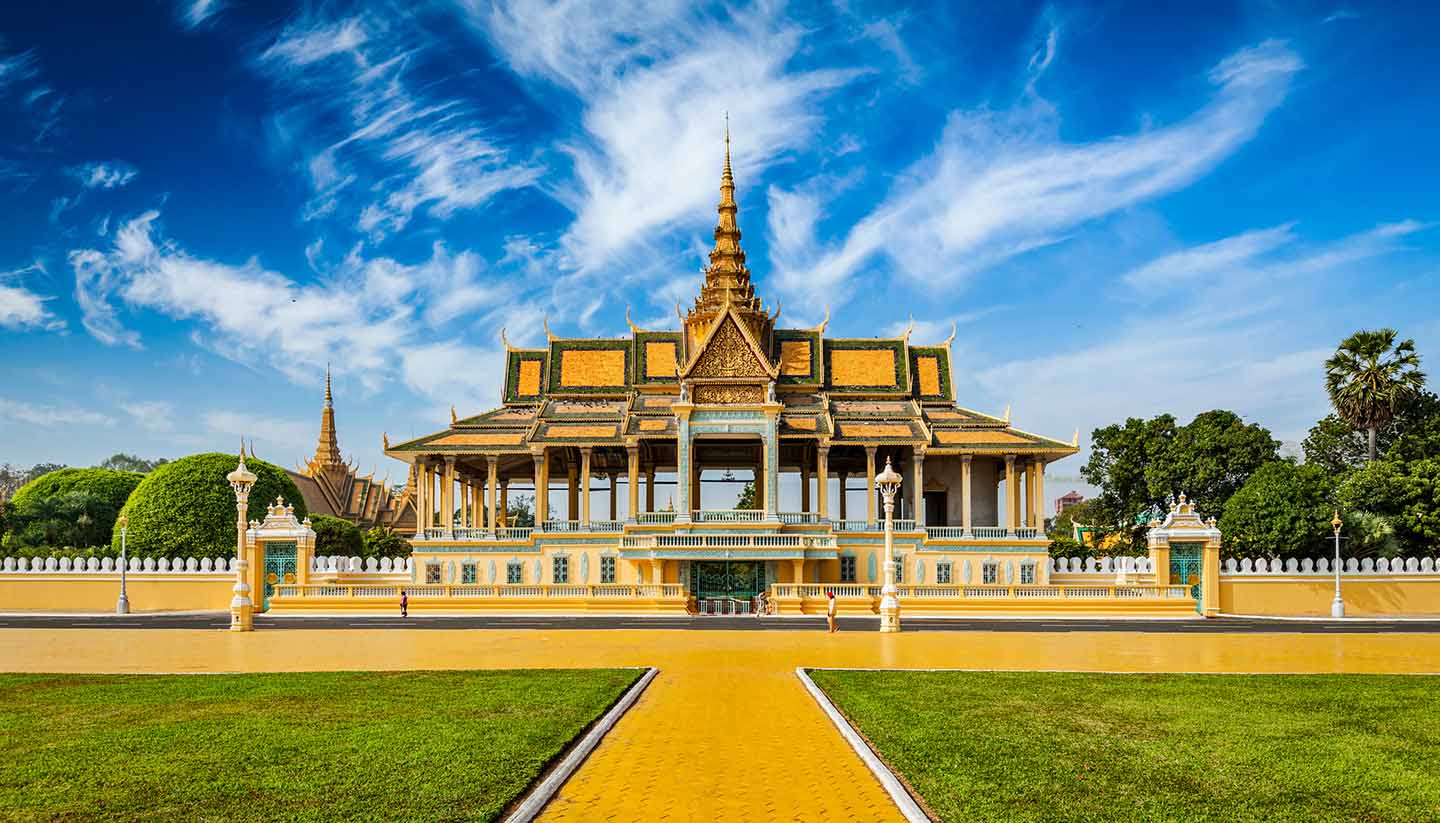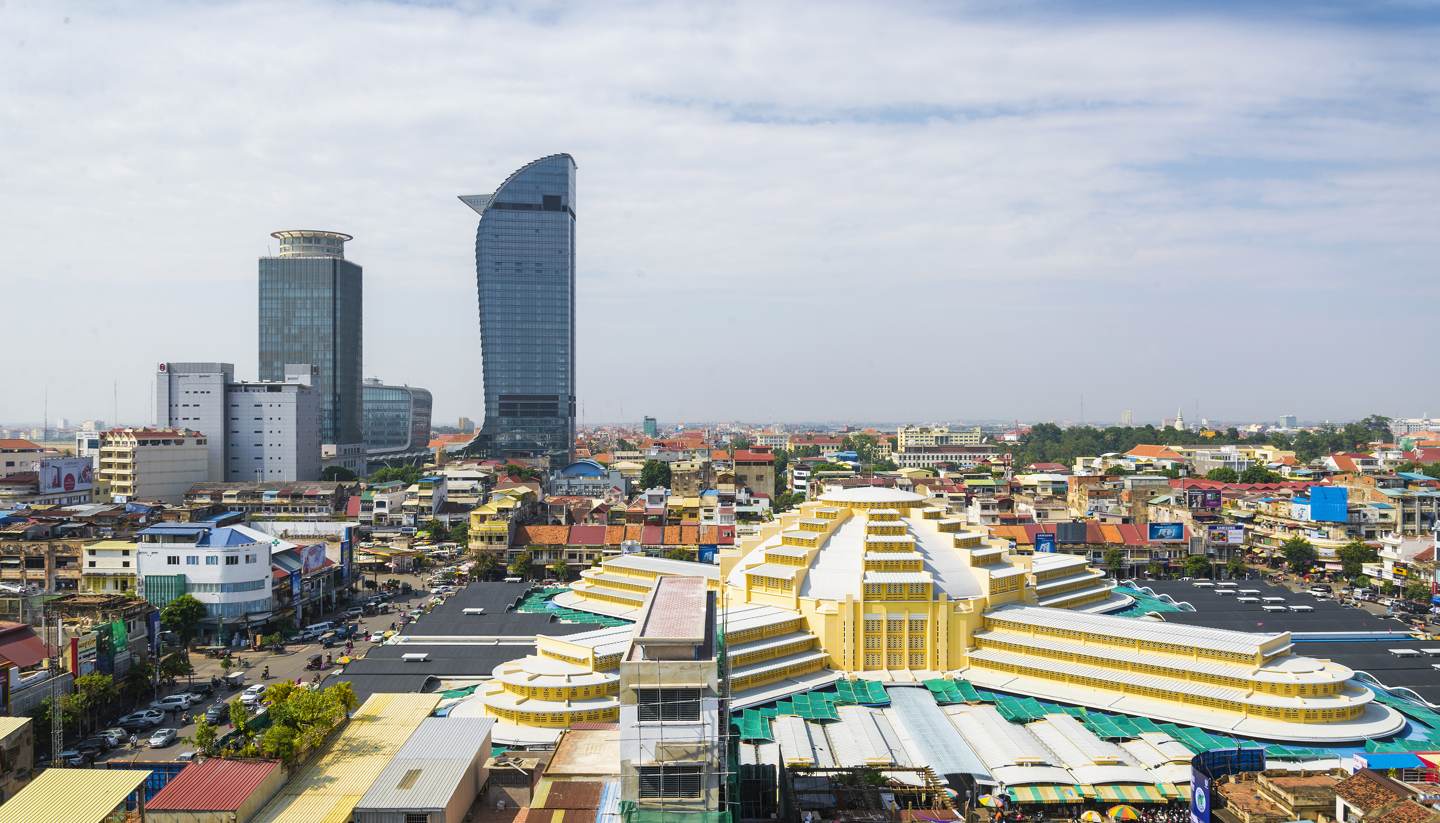Phnom Penh Travel Guide
About Phnom Penh
Cambodia’s capital, Phnom Penh, is a quintessential Southeast Asian city: a buzzing whirl of saffron robes, heaving markets and golden spires.
The hectic flurry of motorbikes and street life, however, is counteracted by Phnom Penh’s focal points - from the peaceful grandeur of the Silver Pagoda to the broad waters of the Mekong. While the city might be overshadowed by the temples at Angkor, after time it’s hard not to be won over by the sheer energy of Phnom Penh.
Even now, some four decades after the murderous Khmer Rouge era began, the country’s modern history is hard to ignore. Most visitors still take the time to visit the harrowing Tuol Sleng Genocide Museum, set in a former prison. Many also head out to the area known as the Killing Fields, on the city outskirts.
As much as anything, visiting these sites gives a fresh admiration for the spirited attitude that today’s Cambodia has become renowned for, but a trip to Phnom Penh is about much more than the horrors of the past.
This is a seriously lively, even hip, city - a status shown by its array of nightlife options and restaurants, including some great rooftop bars. On a related note, the city’s often mouth-watering food scene is one of the most under-rated in Southeast Asia. Try the fresh curries and noodles at Phsar Thmey (the Central Market), where food stalls share space with textile vendors and spice sellers.
Long before Pol Pot, the Khmer Empire was a proud and powerful realm, and its history can be explored at the Royal Palace complex – home to the city’s single most impressive attraction, the Silver Pagoda. Take a trip to the National Museum too, to admire the art and relics of times gone by.
Set-piece sights aside, Phnom Penh is at its most captivating along the riverside. Its waterfront promenade, with its entertainers and food hawkers, is the best place to enjoy the balmy, Cambodian evenings.



